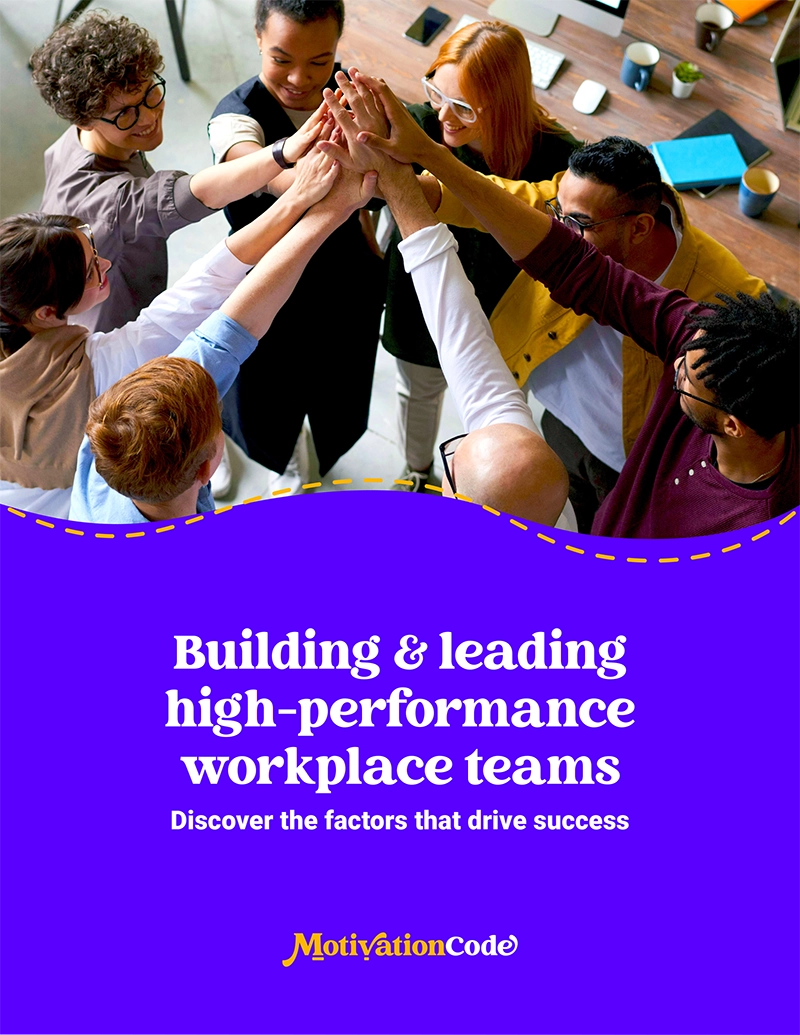You’ve got a high salary and lavish perks, and your business is growing. Yet you’re having a hard time attracting top talent to your organization.
Let’s face it. High performers have options. They will choose the best jobs that align with their motivations, values, and aspirations. There is competition for these top performers. If you’re going to win their attention, you’ve got to understand who they are and develop an employer brand that resonates.
An employer brand that resonates with high performers requires intentional effort from leadership, management, and recruiters to make the organization authentically attractive to the values most high performers hold dear.
How to create an employer brand that resonates
Effectively communicate your unique value proposition
Before you can promote your employer brand, it’s essential to understand what makes your organization unique.
- What are the core values, mission, and culture that define your company?
- How do employees understand those values, mission, and culture, and how do these work with employee Motivations?
Conducting employee surveys, focus groups, or interviews can provide insights into what current employees appreciate about working at your organization.
Define your company culture
A well-defined and authentic company culture is the foundation of a strong employer brand. Top talent looks for workplaces where they can thrive, not just survive, and do so for the long term.
- Clearly articulate your company’s core values. These should not be words on a wall, but values lived out in daily business practices.
- Show that diverse work styles and viewpoints are welcomed and celebrated through actions and policies. High performers seek environments where they can invest themselves in their work.
Highlight growth opportunities
Career advancement is a key motivator for top talent. They want assurance that they can commit to an organization’s mission and grow in their roles.
- Implement robust training programs, mentorship opportunities, and clear career progression paths. Highlight these in your job listings and company communications.
- Share stories of employees who have grown within the company. This will not only humanize your brand but also provide tangible examples of growth opportunities.
Encourage employee advocacy
Your engaged and motivated employees are your best brand ambassadors.
- Make it easy for employees to leave positive reviews on platforms like Glassdoor or LinkedIn.
- Encourage staff to share their authentic work experiences on social media, highlighting their achievements and big wins. Interact with those posts to publicly celebrate individual contributions to the success of those projects.
- Understand the Motivational Dimensions of your existing high performers, and leverage them.
Competitive compensation and benefits
While culture and growth are pivotal, competitive compensation packages are indispensable. If your competitors are outbidding you for top talent, company culture won’t matter.
- Consider pay transparency in job postings to attract candidates.
- Consider benefits that cater to modern work-life balance, such as flexible working hours, remote work options, wellness programs, or even unique perks like pet-friendly offices or travel stipends.
Create an engaging recruitment process
The recruitment process is often the first real interaction candidates have with your brand. Ensuring the process is easy, intuitive, and fun can help candidates open up more and enjoy the interview process.
- Streamline the recruitment process to respect candidates’ time, and be communicative. A drawn-out or impersonal process can deter top talent.
- Personalize communications during the hiring process through personalized emails, team members’ video messages, and interactive interviews.
- Even if you have to decline a candidate or applicant, always respond with encouragement so they know where they stand.
Address applicants’ Motivational Dimensions
Use Motivation Code assessments to better understand your applicants and tailor conversations to their unique Motivational Dimension. For example:
- For an Achiever, highlight opportunities for excellence, performance, and recognition.
- For an Influencer, focus on collaboration, building relationships, and the impact they can have on the team. Highlight the importance placed on individuals who can inspire and motivate others.
- For a Learner, engage their curiosity and interest in growth and learning opportunities. Discuss how they’ll have access to training programs, and ask how they might share that learning within their team.
- For a Relator, emphasize teamwork, relationship-building, and how individual contributions impact the group. Underscore your organization’s commitment to fostering a supportive environment, and ask how they facilitate teamwork to achieve goals.
Focus on retention
If you’re recruiting at the same time that your organization experiences voluntary attrition and high turnover, your organization will have a hard time maintaining the perception that your organization is a great place to work. Focus on ensuring that everyone is motivated and engaged.
- Use Motivation Code to uncover how each individual is uniquely motivated and work to ensure that managers work with the Motivational Dimensions on their teams.
- Work to address and resolve conflicts quickly and visibly, to ensure that everyone knows that leadership is committed to team cohesion.
Be an innovator
Top performers often thrive on innovation and want to be where new and unique projects happen. Be public about innovative projects and focus your mission on positive impacts.
- Highlight your involvement in innovative projects or technologies in company social media posts, mission statements, and all public relations.
- Cultivate an environment where calculated risks are encouraged, and failures are learning opportunities.
- When interviewing a high-performing Visionary, innovation is a primary motivator. Highlight how their role will allow them to explore innovative strategies and ask how they approach creating a long-term vision for their teams.
Measure and evolve your employer brand
An effective employer brand strategy is not static; it should evolve based on feedback and the changing job landscape. Regularly measure the effectiveness of your employer branding initiatives through employee feedback, candidate surveys, and market research.
Collecting feedback and acting on it shows that you value employee input, a significant part of an attractive employer brand.
Building an employer brand is a journey, not a one-time effort
Building a strong employer brand requires a strategic and genuine approach focused on understanding what top talent is looking for in their next employer. Invest in your employer brand today, and watch as your organization transforms into a sought-after destination for top talent.

